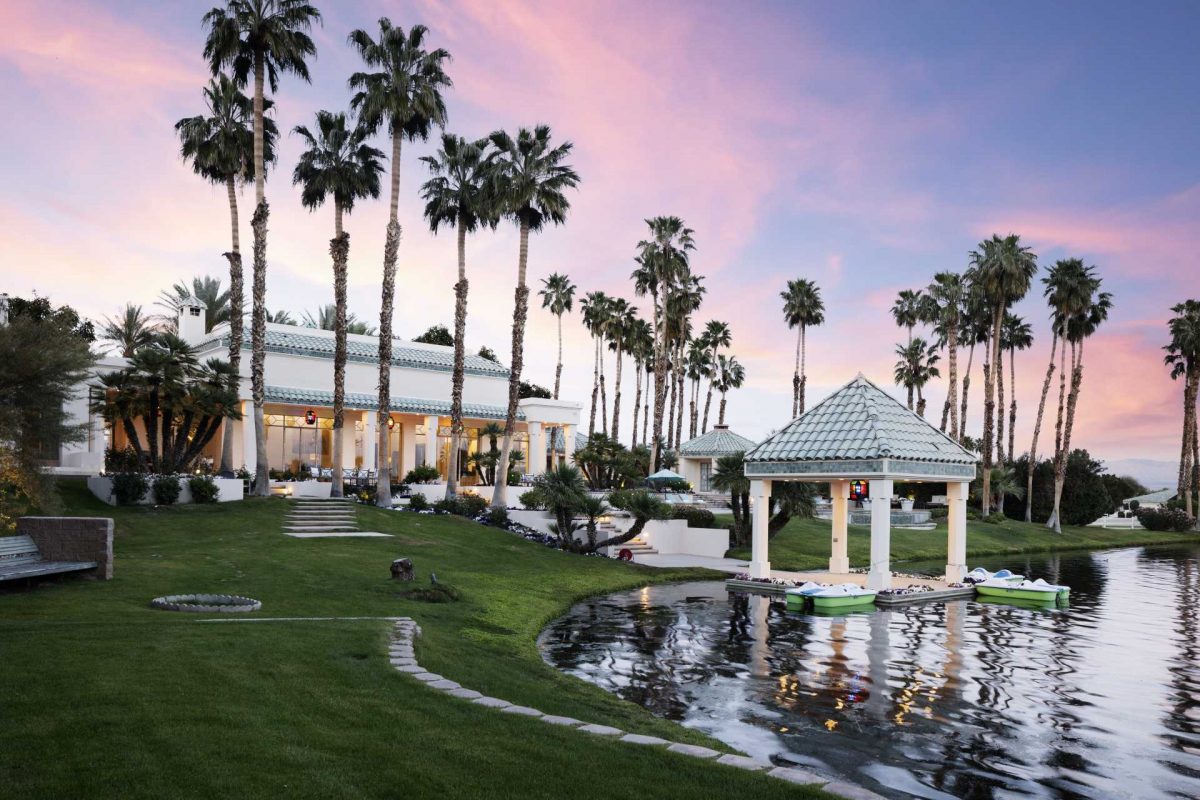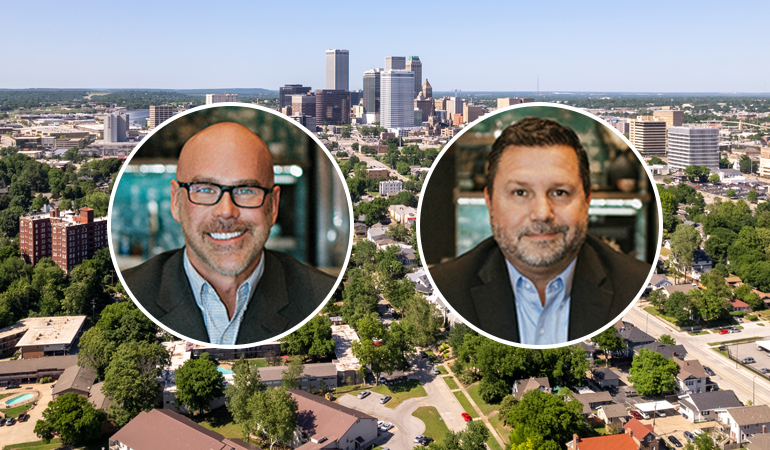New York City’s Greenwich Village, or “the Village”, is located in Lower Manhattan on the West Side. Though now it consists of mostly upper middle class families, Greenwich Village once birthed cultural movements such as the Beat Generation and ’60s counterculture. As an artist’s haven, it was the East Coast’s bohemian birthplace. Broadway to the east, the Hudson River to the west, Houston Street to the south, and 14th Street to the north provide borders for the neighborhood.
In the 16th century, Greenwich Village was a marshland known as Sapokanican. It’s main inhabitants were Native Americans who used the Minetta Brook to fish for trout. The area became known as Noortwyck by the Dutch settlers who cleared area pastures and planted crops. By 1713, it was referred to as Grin’wich.
Greenwich (Grin’wich) Village survived the American Revolution as a pastoral suburb. After the war, the areas commercial life centered around fresh produce markets which were centered around the edge of the Hudson River. Washington Square Park was originally a potter’s field and public gallows after being purchased by the city in the 1780s. Whereas the area was originally secluded from the rest of the city, the outbreak of cholera in the late 1700s and early 1800s drove people to seek refuge in this neighborhood, which led to the construction of temporary housing and banking offices. Because of the outbreaks, the population quadrupled between 1825 and 1840. Middle-class merchants and tradesman soon became the majority of the area and subdivided farms and undertook landfill projects to accommodate the population of the area and make room for blocks of Federal style row houses.
The character of the neighborhood was changed in the late 19th century by the domination of immigrants. As the French, Irish, and Italian moved in, the area transitioned to a culture of bohemianism. The Washington Square Arch was constructed in marble and the area was memorialized by the writings of Henry James and Edith Wharton, Washington Square and The Age of Innocence, respectively.
With the growing of New York University came the growth of art clubs, picture galleries, learned societies, literary salons, and libraries. Entertainment such as theaters and shopping also began to gain prolific exposure in the area.
At the turn of the 20th century, the Village was ethnically diverse and quaint. By World War l the area had settled into its reputation for nonconformality and low rent. During Prohibition local speakeasies attracted uptown patrons. Decrepit row houses were remodeled into “artistic flats” for the well-to-do, and in 1926 luxury apartment towers appeared at the northern edge of Washington Square. The stock market crash of 1929 halted the momentum of new construction.
During the 1930s, galleries and collectors promoted the cause of contemporary art. Sculptor Gertrude Vanderbilt Whitney opened a museum dedicated to modern American art on West 8th Street, now the New York Studio School. The New School for Social Research, on West 12th Street since the late 1920s, inaugurated the “University in Exile” in 1934.
The beat movement took hold in the 1950s with the opening of MacDougal coffee houses and storefront theaters on Bleecker. During the 1960s a homosexual community formed around Christopher Street and in 1969 a confrontation between police and patrons culminated in a riot known as the Stonewall Rebellion. This started a nationwide movement for gay and lesbian rights. Greenwich Village became a rallying place for antiwar protesters in the 1970s and for activity mobilized in response to the AIDS epidemic in the 1980s.
The Villages dedication to historical and ethical preservation has been a long held neighborhood tradition and the neighborhood remains as a hub for artists, locals, and “immigrants” looking for a neighborhood specializing in nonconforming social standards, although the prices to live here are geared more towards the upper-middle class.



